Cet article est également disponible en : Français
In 1954, Issa Omidvar and her brother Abdullah set off on their 500 cc Matchless for a 10-year world tour. In Tehran, I met Issa. He is probably, with his brother, one of the last explorers still alive. The last of the Mohicans.
A car arrives, Issa grabs my arm, not looking for any help from me, but on the contrary to help me cross. I’m surprised by the strength of his grip, but I follow him without protest. We walk to his car, parked a few steps away and Issa sits behind the wheel. It started immediately and entered without hesitation into Tehran’s chaotic traffic towards the museum that bears his name: the Omidvar Museum. I observe it for a few moments in silence before daring to ask the question that is bothering me:
- How old are you?
I see on his face a mischievous smile that I will have the opportunity to observe on many more occasions during this day that we will spend together. - How old do you think I am?
- 85 years old?
- More!
- 90 ?
- About!
That’s the only answer I’ll get: about 90 years. It leaves me dreaming. 65 years ago, 20 years before Ted Simon, this man was going on a 10-year world tour by motorcycle. Who else before them before them has tried, and accomplished, such an adventure?
In 1951, Tehran University did not have an “ethnology” department, the passion of Issa and her brother. Nevertheless, they decided that the best way to study these primitive populations was to meet them. Their preparation will take 3 years, during which Abdullah trains by rowing along the Iranian coast. Issa, for his part, rides a bicycle for 4 months and goes to Turkey via Iraq and Syria. The motorcycle is a self-evident means of transport: both economical and easily transportable from one continent to another. So they imported two 500 cc Matchless from England and set off on the road in August 1954 with 180 dollars in their pockets. On this occasion, their father wrote these lines in their guest book: “I can only be unhappy at the thought of never seeing my sons again, but I let them go for the glory of Iran with the certainty that they will succeed in their project. “Ali Akbar Omidvar.
But travel is always a source of unexpected surprises. The roads of the time were sometimes only dangerous paths through the mountains and from the second day on, the fork of one of the motorcycles broke. They repaired and a few days later took the road back to Kabul. For the first time, they present their cultural exhibition on Iran: about fifty large-format photos and some handicrafts that they carry with them. It was both a way to earn some money and to meet official figures: a little further afield in India, they met Jawaharlal Nehru, then Prime Minister, and Sherpa Tenzing, who had barely been the first man to reach the top of Mount Everest for a year.
Issa stops in front of the entrance to Sa’dabad Park, which was the place where the Shah and his family lived before the Islamic revolution. This is where the museum is located, retracing the history of Issa and her brother. It is prohibited to enter by car and small trains normally operate in the park. Or walk. But Issa is a personality here and we have the right to a private car with driver. When I arrived at the museum, I realized that the interview was going to be difficult: Issa was immediately surrounded by the visitors present, exclusively Iranian, who were bombarding him with questions. A pretty young woman, in her twenties, almost timidly asked her if she could be photographed next to him.
After 8 months in India, they moved to Ceylon, now Sri Lanka. The landing of the motorcycles is epic: they don’t have enough money to pay the porters. So they have to manage on their own. They made a kind of raft out of pieces of wood floating on the water and that’s how they reached the coast under the cheers of the assembled crowd. Thereafter, after moving up India from South to North, they slowly continue their progression eastward. This gives them the opportunity to see the damage that man’s footprint has done to nature in this already overcrowded region at the time. The journey is not without obstacles. Uncertain or even non-existent roads. The stigmas of the Second World War are still present everywhere. The Japanese destroyed most of the bridges and roads. They have to use trunks several times to cross rivers. This without having the absolute certainty of being in the right direction: they have no maps and even less GPS! They also had to face the highwaymen, who were very frequent and armed with weapons of war at the time. It is recommended that they travel only in convoys and adopt the Native people’s costumes and especially their headgear! But it takes more than that to stop them. In Malaysia, they are placed in quarantine before being the president’s personal guests.
It is in Australia that they have the opportunity to study their first primitive people: the Aborigines. But for that to happen, it is still necessary to reach them. This is impossible with motorcycles. They therefore hire the services of a camel driver. The motorcycles are dismantled and loaded in pieces on the camels. But after a few hours of progress, the animals gradually became inexplicably out of control. Under the effect of their disorderly jumps, one of the horns short-circuited and it was then the complete overflow. The animals get carried away with the precious motorcycles that end up falling off after several hundred meters of raging races. Issa and Abdullah then understood the reason for this debacle: under the blazing sun, the steel of the motorcycles became so hot that it burned the skin of their carrier.
A little further away in the Philippines, as they arrive at nightfall in a village, they witness a truly incredible scene. A menacing crowd surrounds a Japanese soldier who nervously holds his weapon in his hands. When he saw the British motorcycles of the two explorers, he was convinced that he was in front of the enemy. He and his men have been wandering in the surrounding jungle for years. No one warned them that the war was over 10 years ago!
Around noon, Issa and I leave for lunch at the restaurant. Fariba, the museum’s curator, is with us. She is adorable although at first glance rather austere with her veil strictly placed on the hair. Not a single strand protrudes, unlike most of the Iranian women I have known so far, who often wear it in a minimalist way: put it as far back as possible from the hair. I let Issa choose my dish. He switches from English to Farsi with disconcerting ease. He explains to Fariba, not without a certain malice, it seems to me, that if we were in France, our glasses would be full of wine instead of water.
After the Philippines, they return to the continent. In Saigon, they are welcomed by the Ministry of Foreign Affairs with a wreath of flowers. In Vietnam, they are received by the president and his wife. In Thailand, they are honoured with a 35-minute television interview, following which they receive hundreds of solicitations. One young woman in particular leaves them several messages requesting a meeting. They have little time to pay attention to it and are fully dedicated to organizing their next exhibition of Iranian culture. They are in the final stages of development when an elegant young woman, whose dark glasses cover the face completely, approaches them in perfect English. Their beauty does not leave them insensitive and their knowledge of Iranian culture surprises them. She is very enthusiastic about their adventure, but leaves, almost runs away, when she sees the exhibition organizers coming towards them. Issa and her brother barely have time to see her rush into a big black car with a driver. Intrigued, they wonder who this beautiful and mysterious stranger could be, but soon forget her, caught up in the worldliness of the exhibition. A few days later, a courier brought them a sealed letter. When they open it, they discover, not surprisingly, an invitation to lunch from the mysterious stranger who is none other than a princess of the Thai royal family.
After Thailand, Japan. Then they flew to the American continent, which they approached from the far north in 1957. A mining company’s plane takes them to the Inuit with whom they live for 4 months. They learn how to build an Igloo and jump on a trampoline to hunt seals. Indeed, in this universe of ice, there is no point in height in order to be able to observe from afar. So the Eskimos developed a rather amusing technique. A group of men holds out a canvas made of seal skins to allow one of them to jump into the air, as he could do on a trampoline, to observe the surroundings.
I watch Issa as he tells me about his adventures. I can’t believe he’s 90 years old. I’ll tell him that. He answers me, with his mischievous smile, that the years on the road are years in which we stop growing old. Then I ask him if he has ever been afraid. The smile becomes laughter and he answers me: “Often! ». Like a child, I ask him for a story.
They arrived in Colombia towards the end of 1958, after having crossed the North American continent from North to South, not without having been gold researchers in the Klondyke for some time to finance the rest of their journey. It is there that they decide to make an incursion into the deepest part of the Amazon jungle. Canoes replace motorcycles advantageously. It is a real expedition: 4 porters and more than 500 kg of equipment, food, but also small gifts to facilitate exchanges with the locals. Their first contact is with the Yaguas tribe. They stayed with them for two months before deciding to undertake what would undoubtedly remain their most dangerous experience: making contact with the most feared of all Amazonian tribes, the head-reducing Jivaros. All, including Indians, advise them against this adventure. Juan, a friend of theirs warns them: “The favorite occupation of the jivaros is to reduce the heads and especially those of the white men. I’ve seen more than one of you leave like you. None of them came back! »
But they are stubborn and start in March 1959. Juan gives them a little bible at the time of their farewells. For two weeks, they travel up the Putumayo River to its Peruvian side. Navigation is becoming more and more difficult. The river gets narrower and narrower and the jungle gets bushier. One evening, when they landed, they saw two arrows stuck in the ground. A deaf apprehension invades the hearts of the two brothers as night falls. Apprehension becomes panic when one of the carriers starts a fire. This is the best way to warn the Jivaros of their presence and the fire is quickly smothered. The next day, on the canoe, Abdullah jokes:
- My hair is lighter than yours. They’re going to start with my head. You’ll have to wait!
Finally, not without fear, they manage to make contact and be accepted thanks to their gifts. Cigars are particularly appreciated. For two weeks, things went pretty well. They manage to negotiate two Tsantzas: reduced heads. However, the chief refused to leave them a head whose particularity lies in his blond hair. One evening, things turned violent. A baby was born and it’s been a celebration for two days. The Indians are under the influence of coca leaves and alcohol. The dances are becoming more and more wild, primitive, tribal. Violence is on the rise. The atmosphere becomes heavy, frightening. During the night, Issa, Abdullah and the porters discreetly load their boats. Realizing that something is coming, some Jivaros begin to surround them with spears by hand. The two brothers are numb with fear, but manage to escape before the other Indians arrive. When they returned to the city, they realized that the blonde-haired head was probably that of a German who had disappeared some time earlier.
They resume their journey to the far south of America. They set foot in Antarctica by joining a Chilean scientific expedition. It was in Chile that Abdullah met the woman who would become his wife. After the Americas, the brothers moved to Europe. In Paris, Citroën offered them a two horsepower. They finally arrived in Iran in 1961, under the honors, after 7 years of adventures. Three months later, they left behind the wheel of the Citroën. Africa is waiting for them. They will stay there for 3 years.
The meal is over. I look at Issa lost in her memories. I venture to ask a question: during your travels, you never wanted to stop somewhere like your brother, for a woman. He answers me:
- No, because otherwise the journey would have stopped.
I continue: - And among all these presidents, kings and others you have had the opportunity to meet, which is the personality that has left its mark on you the most?
- Koon Tao!
- Koon Tao! Who is Koon Tao?
He’s looking at me. Always that smile. I understand then that Koon Tao is the beautiful Thai princess. He finally confided to me that years later and when he was going to Chile to see his brother, he made a detour to New York for the simple pleasure of a dinner with her. I dare not ask him for more, but I have the feeling that somewhere on the road, at the bend of a path, at the edge of an adventure, the old explorer has left his heart.

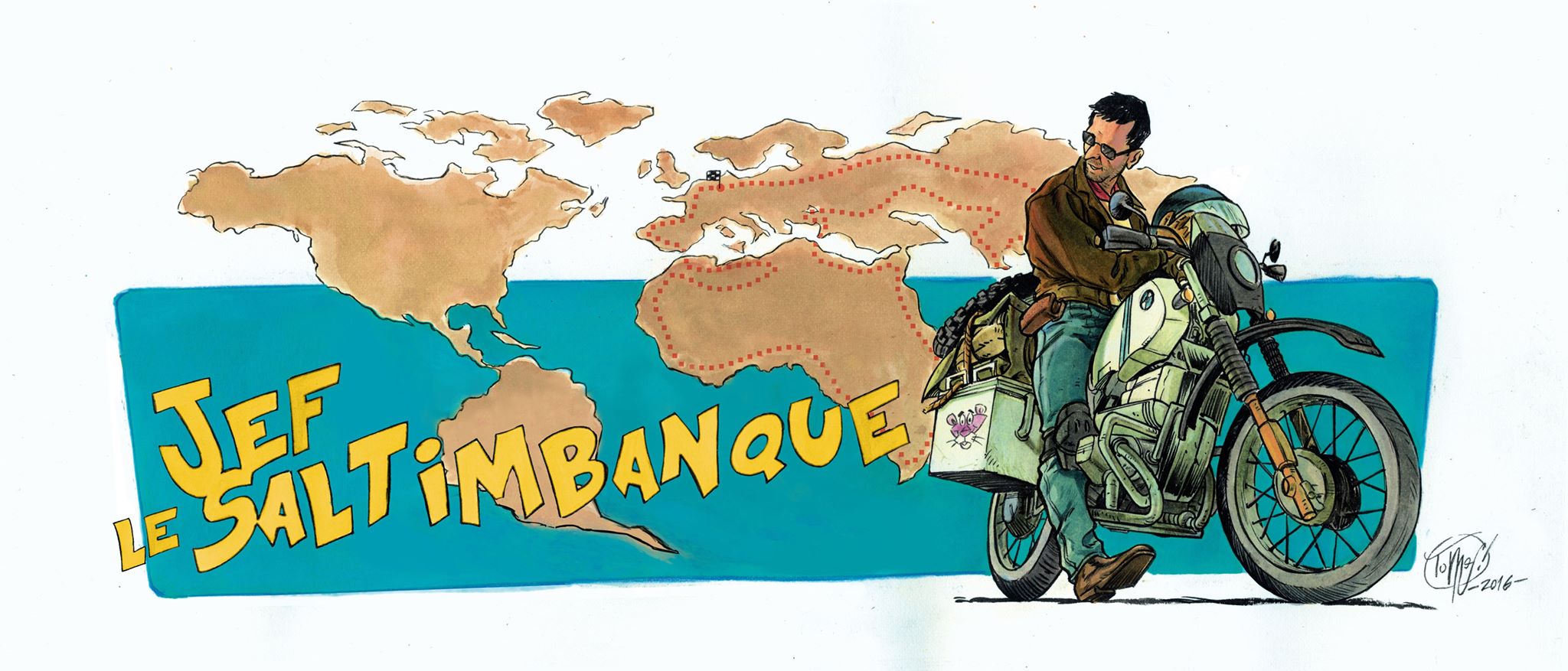
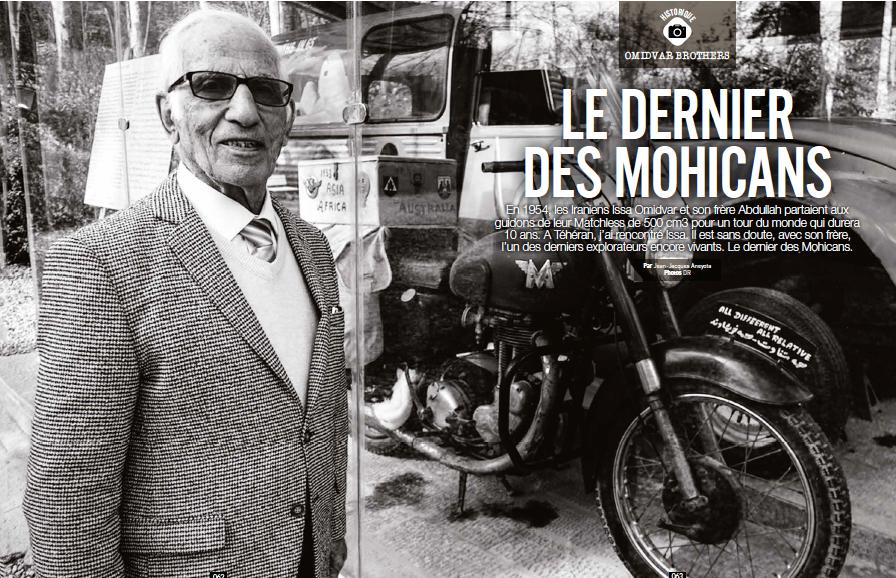
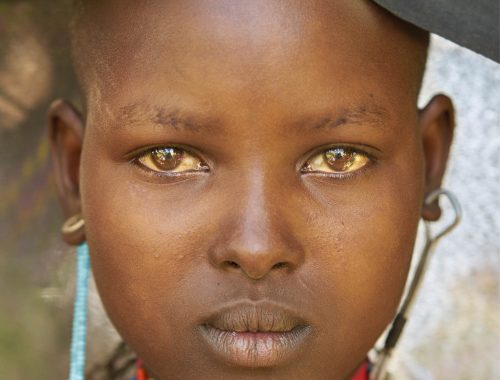
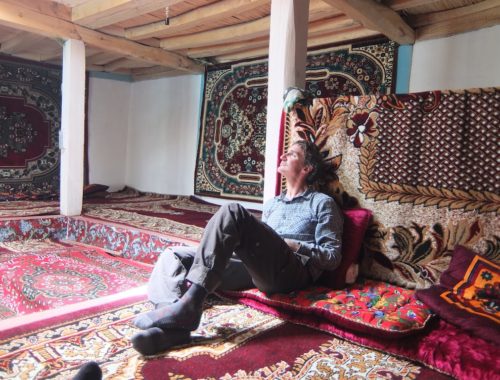
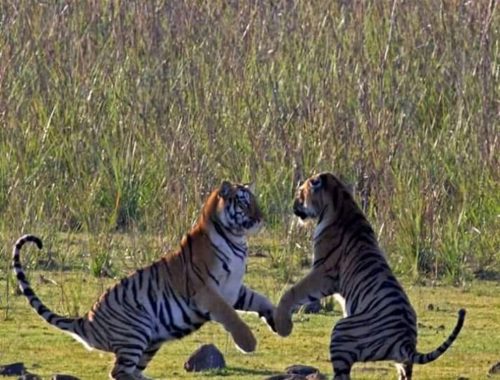
No Comments